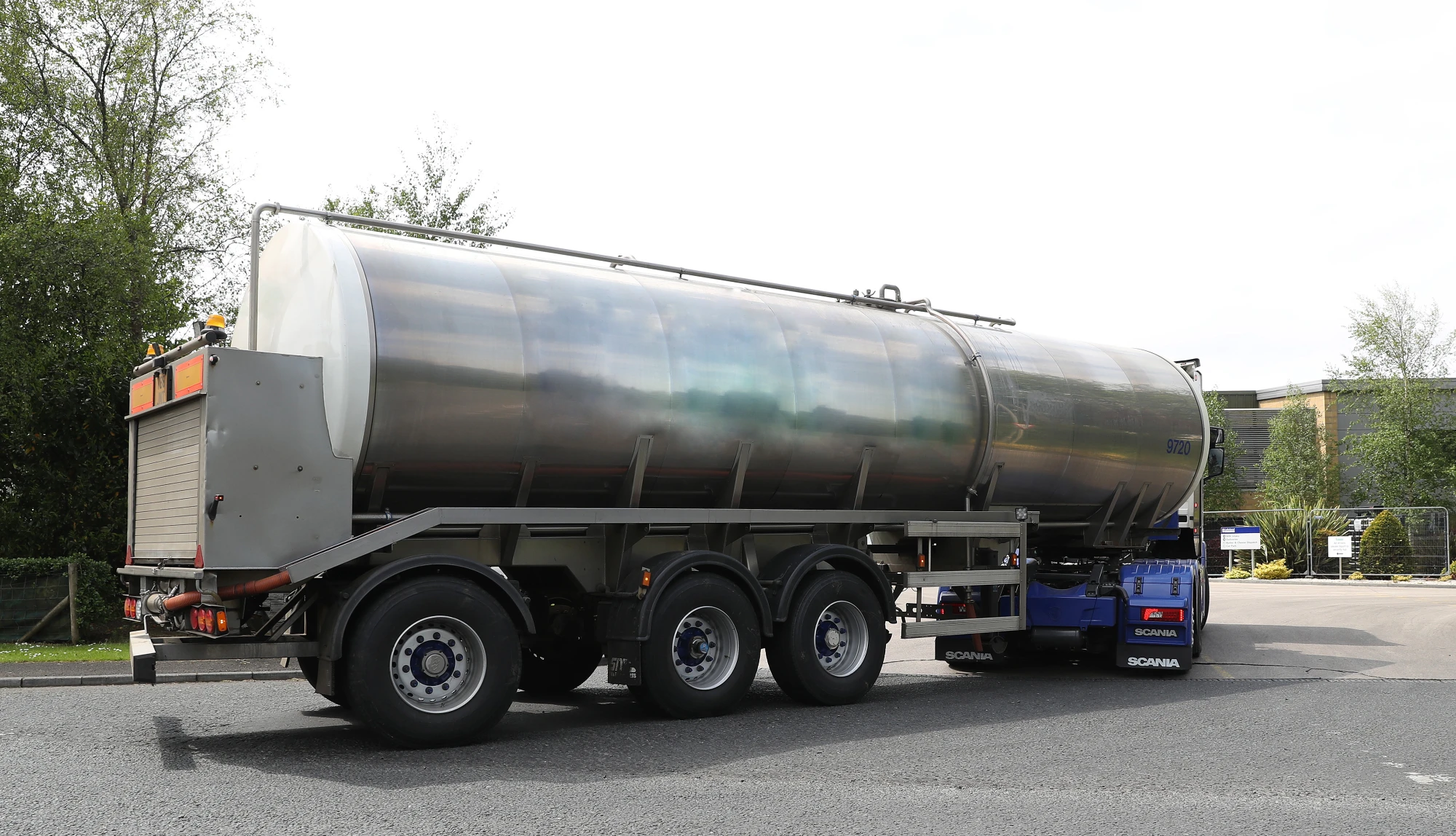Cows are ruminants which means they have four stomachs, all with different functions. This complex digestive system allows cows to turn grass and other plants which are inedible to humans into milk.
During the grazing season (usually from April through to October in Northern Ireland, although it can be longer) grass is a cow’s main source of food. In the colder winter months, cows are housed indoors, and are usually fed on grass which has been preserved by the farmer during the summer – this often takes the form of silage or hay. The cow may also be given additional foods (for example grain) - a world-leading feed assurance programme in Northern Ireland means only the highest quality feed is allowed onto our dairy farms.
When a cow eats, she swallows her food quickly with very little chewing. The food then passes into the first stomach.
First Stomach
This stomach (called the Rumen) contains special bacteria which can break down grass and release nutrients.
Second Stomach
In the second stomach (called the Reticulum) grass is softened further and formed into a ball called “the cud”. The cud is then brought back up into the cow’s mouth where it is chewed again until it is very soft (this is known as “chewing the cud”) and then it is re–swallowed.
Third Stomach
In this stomach (called the Omasum) the cud is broken down even further.
Fourth Stomach
The fourth stomach (the Abomasum) is the most like a human stomach, and is where the grass or other food undergoes its final breakdown.
From here, it will pass into the small intestine, where nutrients will be absorbed into the bloodstream and be carried around the body and to the udder where the milk is produced.
